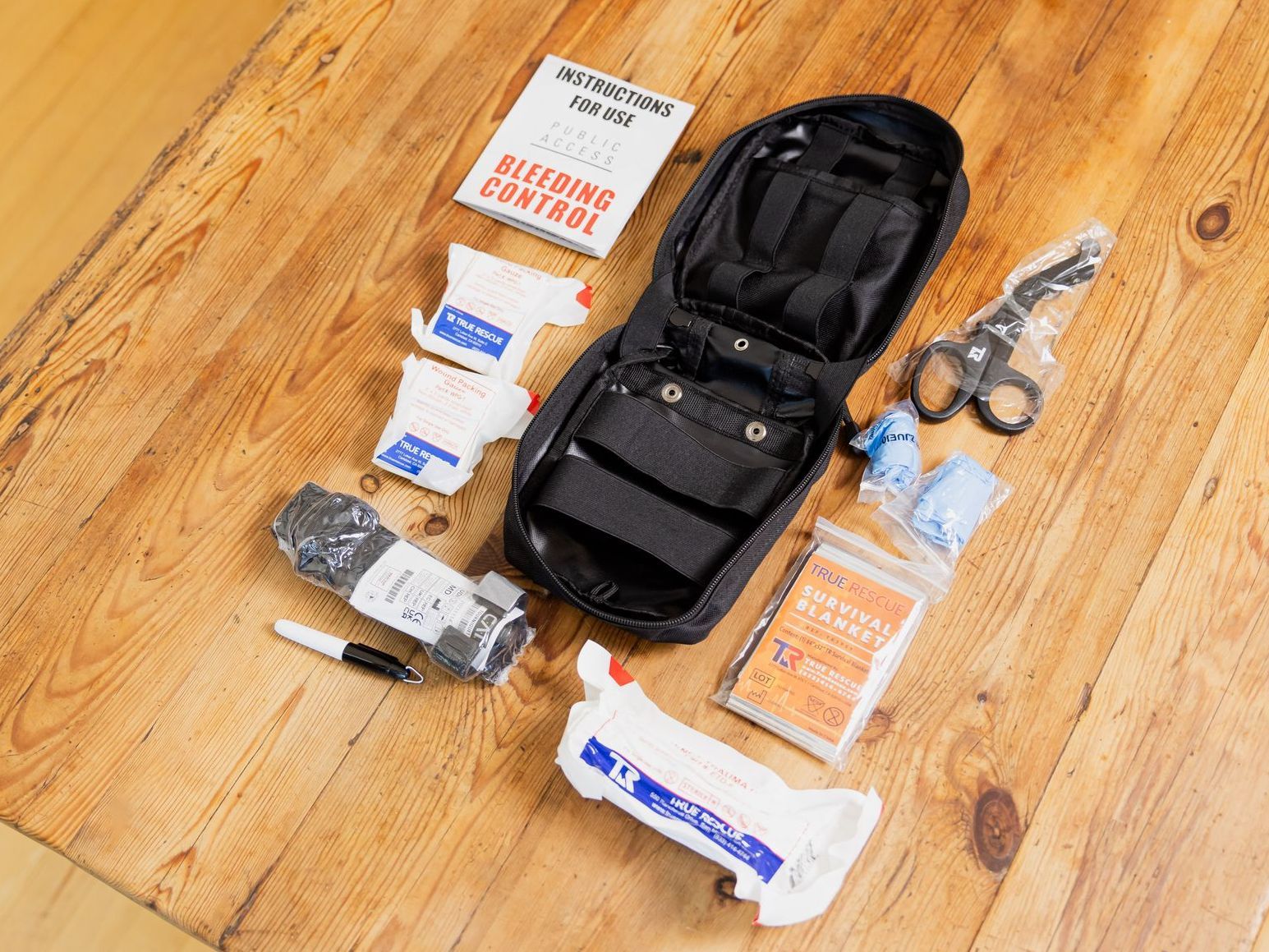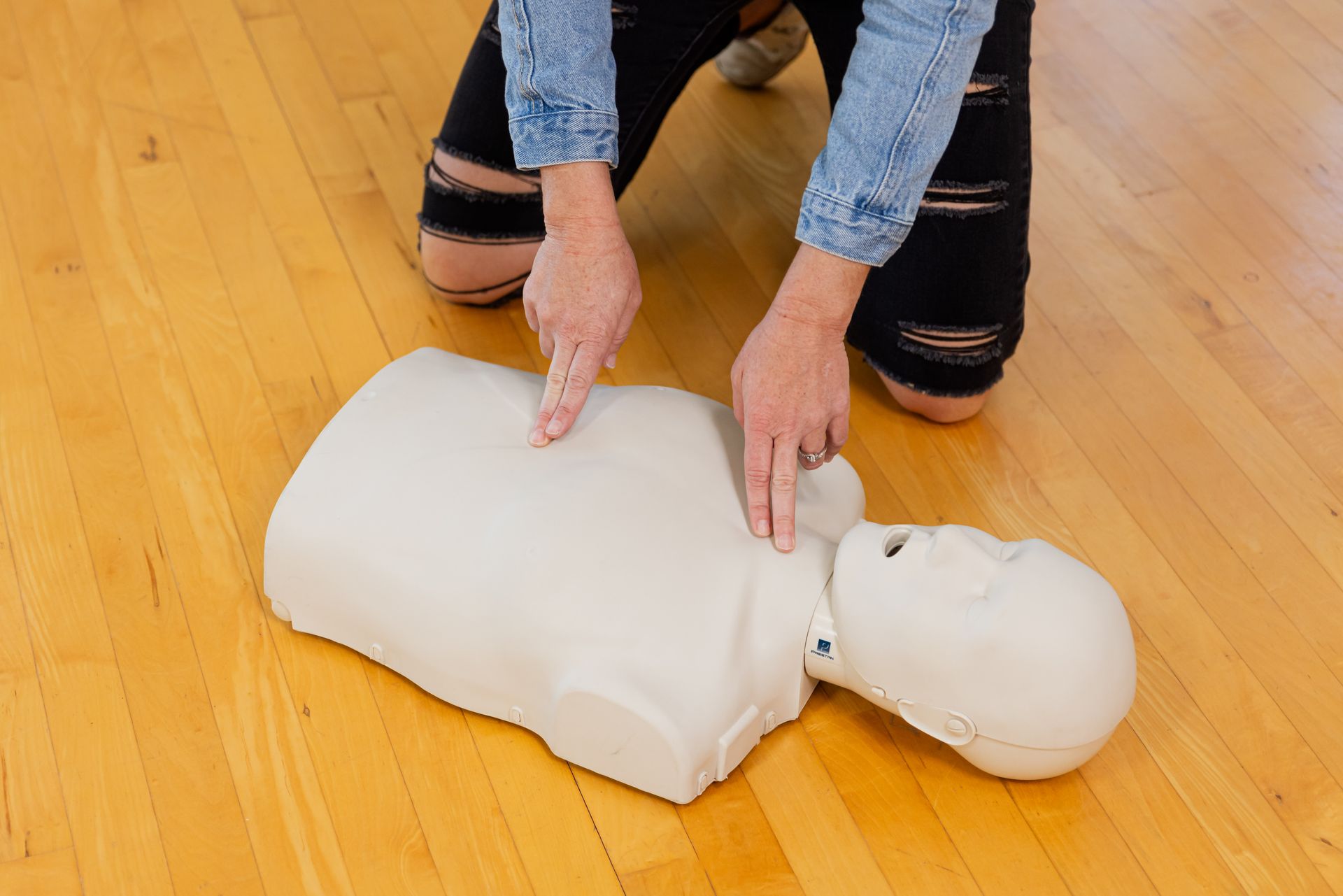Why Every Parent Should Learn Basic First Aid and Carry a First Aid Kit
Parenthood is full of unexpected moments—some wonderful, some frightening. One thing is certain: accidents happen. Whether it’s a scraped knee at the playground, a bad fall at home, or something more serious, having basic first aid knowledge and the right supplies can make all the difference in how you respond. Every parent should be equipped to handle both minor and major injuries. The best place to start is by learning basic first aid and always carrying a well-stocked first aid kit.
Why First Aid Knowledge Matters for Parents
Children are naturally adventurous. They run, climb, jump, and explore—often without a second thought about safety. While this curiosity is a vital part of growing up, it also means bumps, bruises, and occasional emergencies are inevitable.
When you're the first (and sometimes only) person on the scene, basic first aid skills empower you to:
- Act quickly and calmly instead of panicking
- Stabilize injuries until professional help arrives
- Prevent complications like infections from untreated wounds
- Provide comfort and reassurance to your child in a scary situation
- Potentially save a life in more serious emergencies
Without basic first aid knowledge, even small incidents can feel overwhelming. With training, you're not only prepared—you’re confident.
The Most Common Childhood Injuries You’ll Encounter
While no parent can predict every accident, certain types of injuries are especially common among children:
- Cuts and scrapes
- Burns (from stoves, hot drinks, or sun exposure)
- Sprains and fractures
- Choking incidents
- Nosebleeds
- Allergic reactions
- Fevers or seizures
- Head bumps and mild concussions
Basic first aid teaches you how to recognize when an injury is minor, when you can manage it at home, and when you need to seek emergency care.
Why You Should Always Carry a First Aid Kit
Even with first aid training, you can only do so much without the right tools. Having a portable first aid kit—in your car, diaper bag, backpack, or stroller—means you’re prepared wherever your day takes you.
A good first aid kit for parents should include:
- Adhesive bandages in multiple sizes
- Antiseptic wipes and antibiotic ointment
- Tweezers for splinters or ticks
- Cold packs for bumps and bruises
- Children’s pain reliever/fever reducer (like ibuprofen or acetaminophen)
- Allergy medication (like Benadryl)
- Digital thermometer
- Small scissors
- Gauze pads and medical tape
- CPR face shield
- Gloves (nitrile or latex-free)
- Emergency contact information card
Bonus Tip: Customize your kit with any special medications your child may need (such as an EpiPen if they have severe allergies).
Why Kids Should Learn First Aid, Too
While it’s essential for parents to be prepared, teaching basic first aid skills to kids is just as critical. In an emergency, a child who knows how to apply pressure to a bleeding wound, call 911, or fetch a first aid kit can be a true lifesaver.
A real-life example highlights how important this can be:
Recently, a friend's son was hurt while playing baseball. He took a bad hit to the head and started bleeding heavily. Before any adults could even reach him, his teammates—other kids his age—stepped in. They grabbed a clean cloth from the dugout, applied pressure to stop the bleeding, and stayed calm until coaches and parents arrived. Their quick thinking and basic knowledge made a huge difference in those critical first moments.
Kids as young as five or six can begin learning age-appropriate first aid skills, such as:
- Recognizing an emergency
- Calling for help (dialing 911)
- Knowing where the first aid kit is located
- Applying simple bandages
- Applying firm pressure to bleeding wounds
Teaching your kids what to do builds their confidence, prepares them for unexpected situations, and fosters a spirit of responsibility and teamwork.
Real-World Moments When Being Prepared Pays Off
- At the playground: A simple slip off the monkey bars could mean a cut, sprain, or worse. Having bandages and a cold pack ready keeps a minor incident from becoming a bigger ordeal.
- On a road trip: When you’re miles from the nearest urgent care, being able to treat motion sickness, manage a fever, or clean a wound yourself is invaluable.
- During outdoor adventures: Whether hiking, camping, or just exploring the backyard, accidents happen fast. Your preparedness can keep the day fun instead of frightening.
- At home: Most childhood accidents actually happen at home—falls down the stairs, burns in the kitchen, allergic reactions to new foods. Quick action matters most when you’re on your own turf.
How to Get Started: Learning First Aid
Learning basic first aid doesn’t have to be overwhelming. Many organizations offer short, affordable courses that are perfect for busy parents. Consider signing up for:
- Pediatric First Aid and CPR classes (offered by the Red Cross, hospitals, and community centers)
- Online first aid training courses if in-person isn’t an option
- Stop the Bleed classes to learn bleeding control techniques
Just a few hours of training could make a lifetime of difference for your family.
Final Thoughts: Empowerment Through Preparation
Being a parent means being a protector, a comforter, and sometimes—even a first responder. Learning basic first aid, carrying a first aid kit, and teaching your children how to help in an emergency are simple yet powerful steps to keep your family safe.
You can’t prevent every accident. But you can be ready to act—with confidence, with compassion, and with the right tools.



